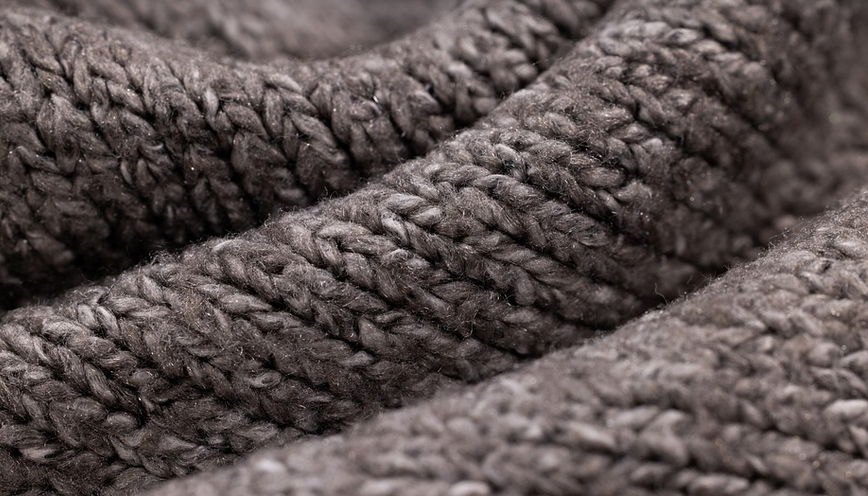
The Importance of Quality Shock Cord
Let’s be honest, folks. We love our tents. They offer us the perfect haven in nature, whether we’re stargazing under a blanket of stars or hiking through sun-drenched trails. But let’s face it, no matter how well-maintained your tent is, those pesky little things can wear and tear over time. And when that happens, your trusty tent’s ability to withstand the elements and provide you with comfort takes a hit. One culprit often overlooked: the shock cord.
The shock cord, a simple yet indispensable component in many tents, acts as the crucial link between the inner tent’s tension straps and the rain fly or other structural components. This tiny elastic thread plays a vital role in keeping your tent’s structure intact, particularly during wind and torrential downpours. It allows your tent to expand without collapsing under pressure, ensuring you can relax for hours on end. But time marches forward, and even the toughest shock cords eventually succumb to wear and tear. So, when those old cords start to fray or fail, it’s time to invest in fresh, high-quality replacement shock cord.
What Makes a Good Shock Cord?
Choosing the correct shock cord for your tent is crucial to its long-lasting performance. You know that feeling of panic when you realize your tent’s fly might not be secured properly after a particularly windy night or when it suddenly starts raining? Well, selecting the right shock cord can prevent these anxieties and ensure your tent provides a safe haven whenever you need it most.
Consider the following factors:
* **Material:** The most common material is nylon, known for its strength and durability. Other options include polyester and even braided cords made of different materials.
A Quick Guide to Replacing Shock Cord
Let’s face it, replacing shock cord can seem daunting at first, especially if you haven’t done it before. But fear not! It’s a relatively straightforward process that takes patience and care. Here’s a step-by-step guide to help you out:
- **Gather your supplies:** You’ll need a new set of shock cord, some sharp scissors or utility knife to cut the old cords cleanly, and an appropriate length for your needs.
- **Locate the existing shock cords:** Most tents have numerous locations where you’ll find these. It’s best to check your tent manual for specific instructions, as positions might vary.
- **Cut and replace the old cord:** Use your scissors or utility knife to carefully cut away the old cord at each location. Then, thread in a new cord. Ensure it’s a snug fit, aligning with existing tension anchors.
- **Test and secure:** Once you’ve replaced all shock cords, give them a gentle pull test to ensure they are securely fastened.
The Future of Shock Cord
The world of tent materials is constantly evolving. With the rise in eco-conscious trends and concerns for sustainability, many manufacturers are now offering shock cords made with biodegradable or recycled materials. This not only minimizes your environmental footprint but also aligns with a growing preference for responsible choices.
Finding the Right Shock Cord
Choosing the right replacement shock cord is crucial to your tent’s longevity and performance. But how do you find the perfect one? Well, here’s your guide:
* **Check Your Tent Manual:** Most tents come with detailed instructions on proper shock cord size and type.
**Consider these factors when choosing a replacement shock cord:
- **Material:** Nylon and polyester are the most popular options for replacing shock cords.
- **Strength and Durability:** Look for shock cords with high tensile strength to withstand the rigors of outdoor use.
- **Type:** Choose a cord that meets your specific tent’s needs. Consider whether you need a standard shock cord for general tensioning or a specialized one designed for high-stress applications.
Conclusion: The Ultimate Guide to Replacement Shock Cord
Replacing shock cords in your tent is a simple yet crucial part of maintaining its long-lasting performance and resilience. Choosing the right cord and understanding how to replace it correctly can prevent future anxieties about your tent’s ability to handle any weather conditions.





